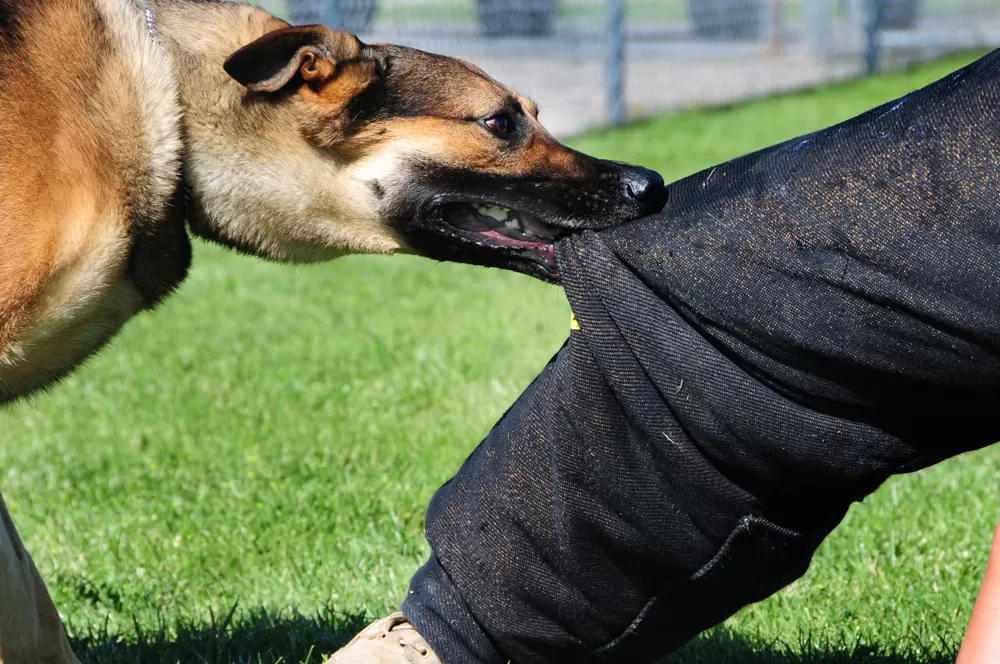An animal bite is a wound caused by the teeth of an animal. These bites range from minor scratches to deep puncture wounds that damage underlying tissues. Here are some steps to take immediately after experiencing animal bites:
1. Clean the Wound
After animal bites, the first step is to clean the wound. Gently wash the affected area with mild soap and warm water. Removing visible dirt, hair, or debris from the site helps reduce the likelihood of infections. Using a clean towel or gauze, apply gentle pressure to stop any bleeding, then cover the wound with a sterile bandage.
2. Visit the ER
Visiting the emergency room or an urgent care provider is beneficial, especially if the bite is more than a superficial scratch. Health professionals examine the injury, checking for signs of muscle, nerve, or tendon damage. They also assess the risk of bone involvement, which is possible with deep puncture wounds. A provider cleans the wound with antiseptic solutions to reach bacteria that home cleaning might miss.
You may receive a tetanus booster, particularly if your last vaccination was more than five years ago. For wounds with heavy bleeding, exposed bone, or deep tissue involvement, medical professionals use stitches or alternative closure methods. Follow all instructions provided during the visit, including at-home wound care and follow-up care instructions, to prevent infection or other complications.
3. Look for Signs of Infection
Infection symptoms can appear within hours, but they may develop over several days. Staying alert to the warning signs helps in seeking prompt care. Common signs of infection include:
- Spreading redness that moves beyond the original bite
- Swelling that increases rather than decreases
- Warmth when you touch the skin near the site
- Pus, which usually looks yellow or green
- Tenderness
- Persistent pain that does not resolve with over-the-counter medication
Pay attention to systemic symptoms as well. A fever or chills, swollen lymph nodes, or a general feeling of being unwell may indicate the infection is spreading. Early medical attention often involves starting a course of antibiotics, as this decreases the risk of more severe complications.
4. Take Preventive Medication
Using preventive medications after an animal bite often depends on the type of animal, the circumstances of the incident, and the body part affected. Antibiotics are usually prescribed if the bite is deep or caused by a cat, as cat bites often introduce bacteria deep into tissues. Rabies prevention is another aspect of care. When the animal’s vaccination status is unknown or when the bite came from a wild animal, healthcare providers may recommend starting post-exposure rabies prophylaxis. This usually involves a series of shots over several days. Prompt action is relevant when dealing with high-risk animals such as bats, raccoons, skunks, foxes, or stray dogs and cats.
Take the full course of any prescribed medications, even if the wound seems to be healing and you feel well. Stopping antibiotics or skipping doses may reduce their effectiveness and increase the risk of complications. Contact your provider if you experience side effects from prescribed medications.
Treat Animal Bites Today
An animal bite requires prompt attention to minimize health risks and support proper recovery. Initial first aid and timely medical evaluation can address both immediate and delayed threats, such as infections or transmission of certain diseases. Wound care may involve daily cleaning, bandage changes, and ongoing observation for infection symptoms. If you or a loved one has been bitten by an animal, contact an urgent care center or a healthcare provider today.



